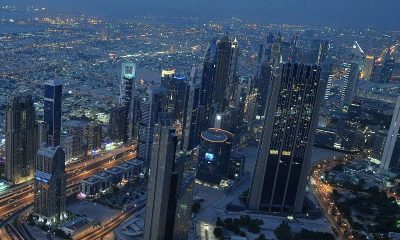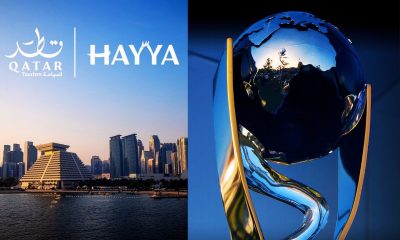A few years back, if you would ask the average child in Asia, Africa or South America about where they would like to get their higher education, an Ivy League school in the West would mostly be their answer. But things have been changing lately, especially in the Gulf region.
There is certainly no lack of high-quality universities in the GCC countries supporting some of the world’s brightest minds, including Zayed University in the UAE, Sultan Qaboos University in Oman and Princess Nourah bint Abdulrahman University in Saudi Arabia.
Then, what used to give Western universities an edge? Some might argue they are known to offer a better quality of education, university life, better career opportunities after graduating and stronger alumni work. The Gulf region, however, has been changing the narration.
The growing adoption of technology and ramping up of investments in digital platforms has improved the quality of education across the GCC. The number of students in the GCC education sector could increase by 1.1 million to reach 14.2 million by 2027, Alpen Capital says.
Making Local Education In The GCC More Appealing
The energy-rich region is on the rise, using its revenue to bring alive cities and infrastructure that could rival the likes of New York, Los Angeles and London. The roads and bridges here are now second to none, airports are unmatched and skyscrapers are among the tallest in the world.
When it comes to higher education, the GCC countries are able to host some of the world’s most prominent education franchises, including New York University and George Washington University. But local universities have also been grabbing the limelight in recent years.
UAE’s Minister of Foreign Affairs, Sheikh Abdullah bin Zayed, recently spoke about sending his children to public schools and revealed his wish to see other citizens do the same, too. He was making an important statement as he discussed ways to make local education more appealing.
Also Read: G20 Summit Concludes With Unprecedented Middle Eastern Presence
The region’s institutions are receiving considerably more investment today. It appears it won’t be long before an even greater number of people from around the world will be drawn to this part to study in its universities and flaunt their merchandise long after they have graduated.





















